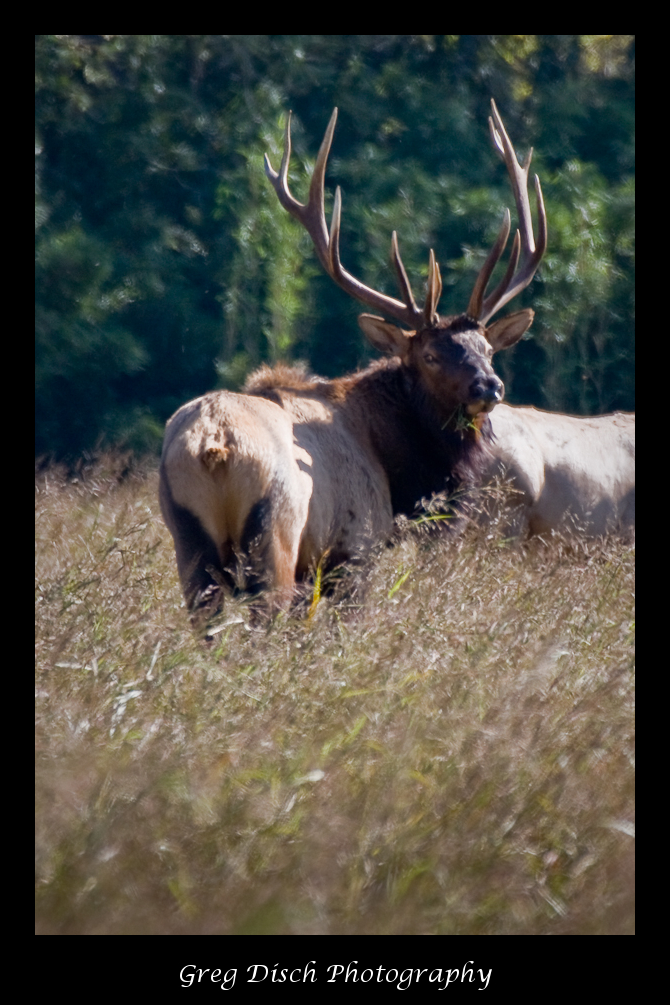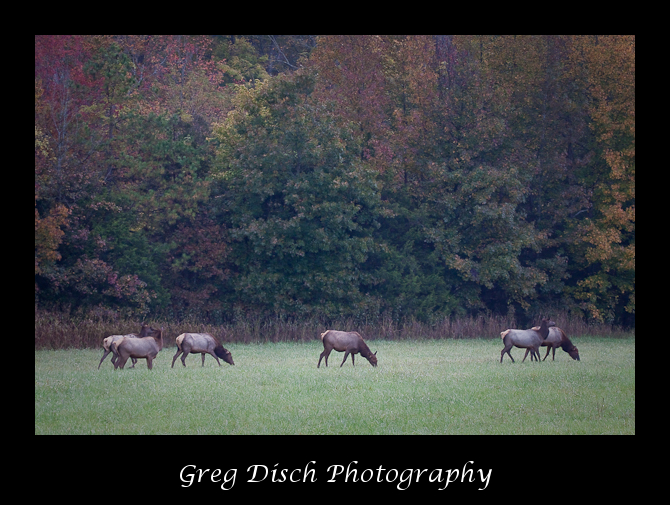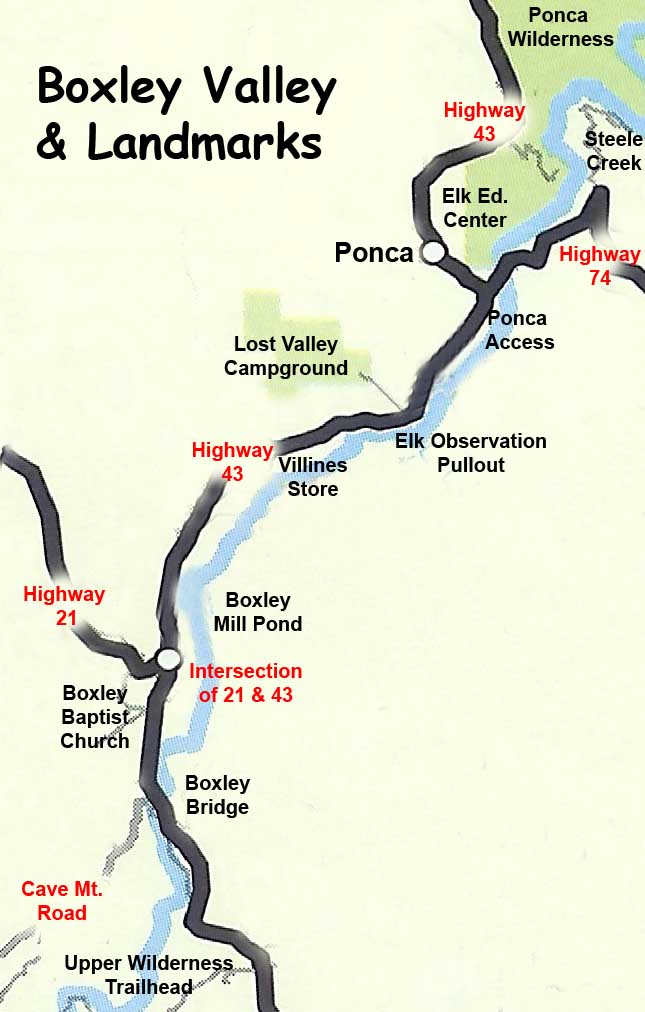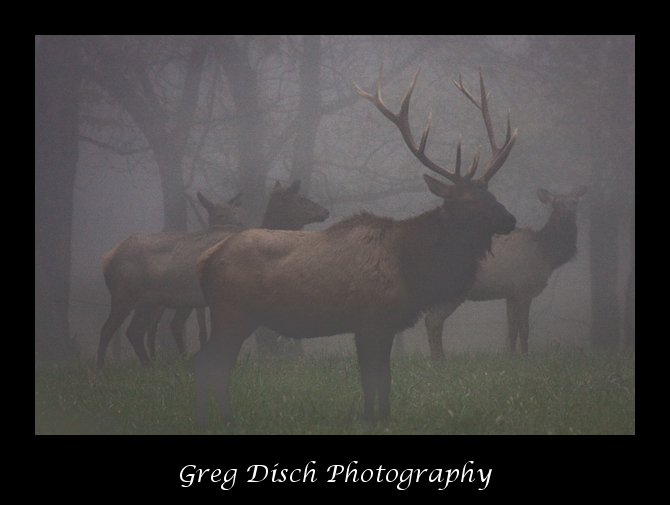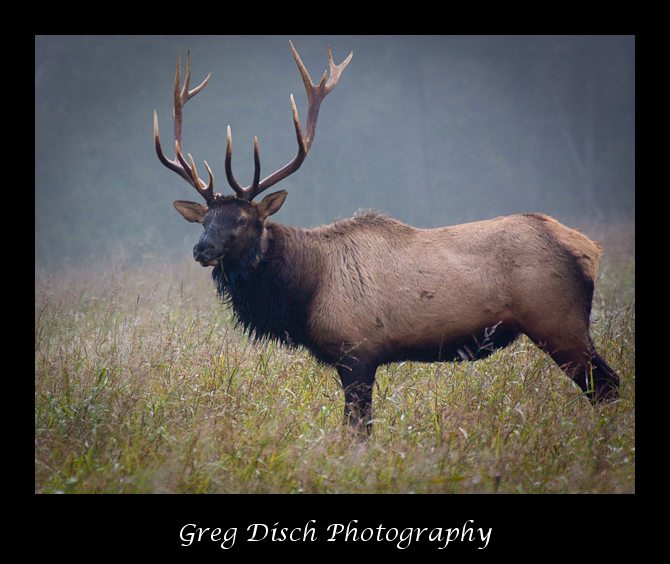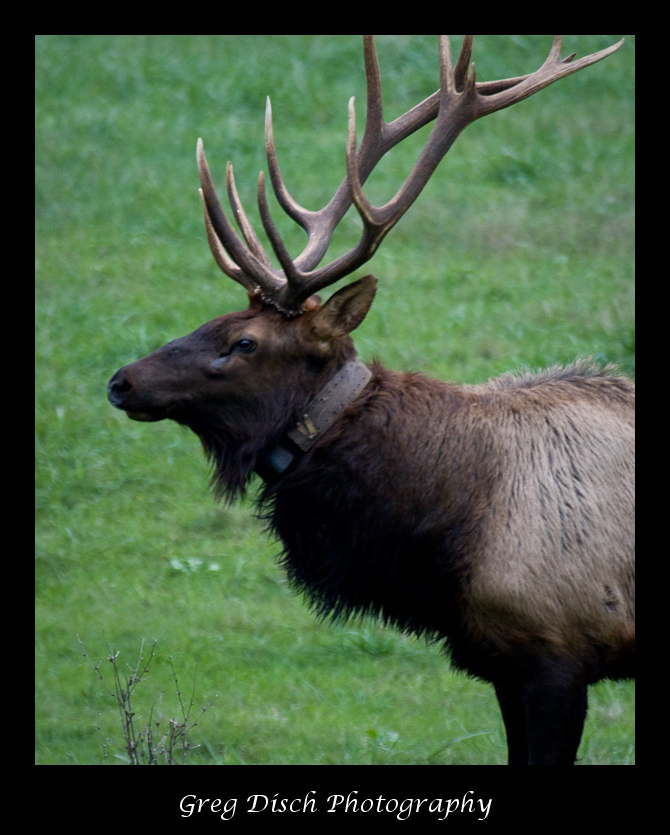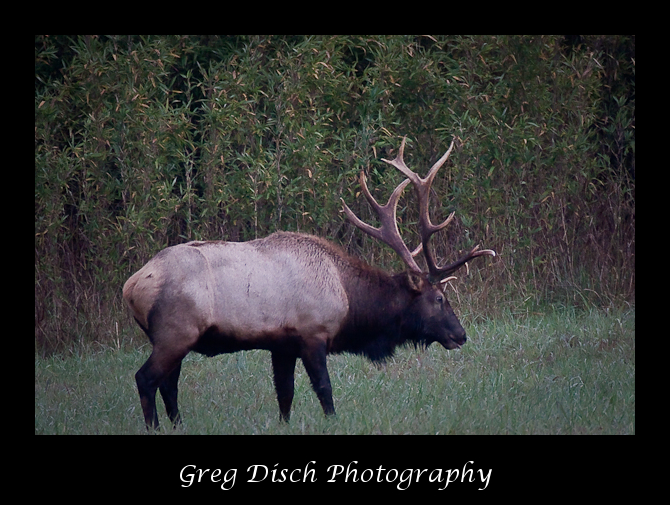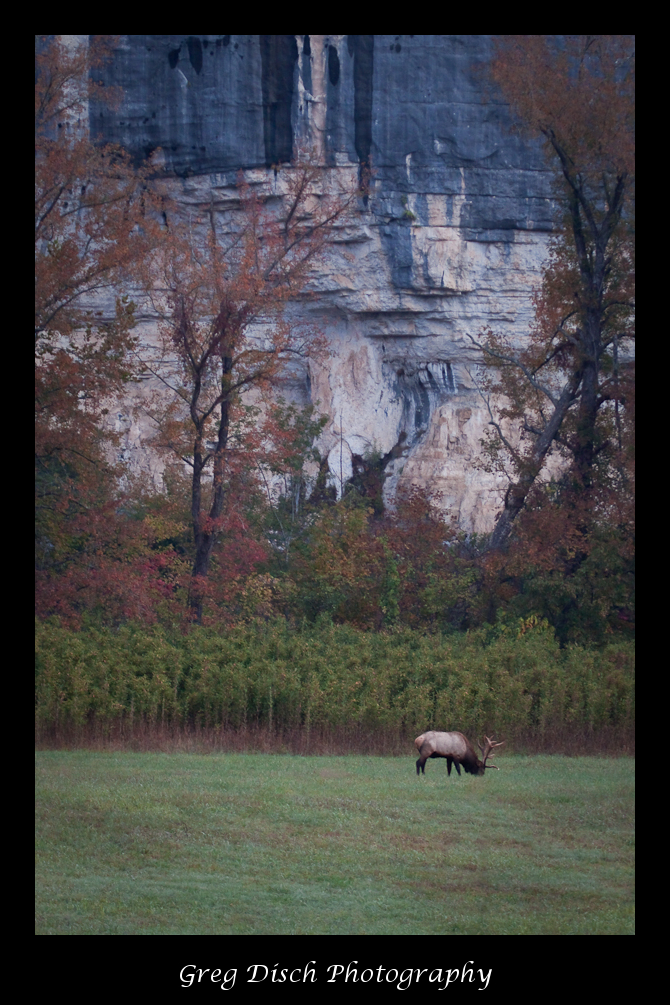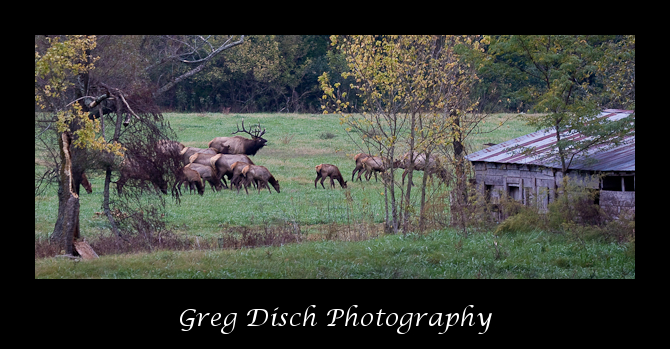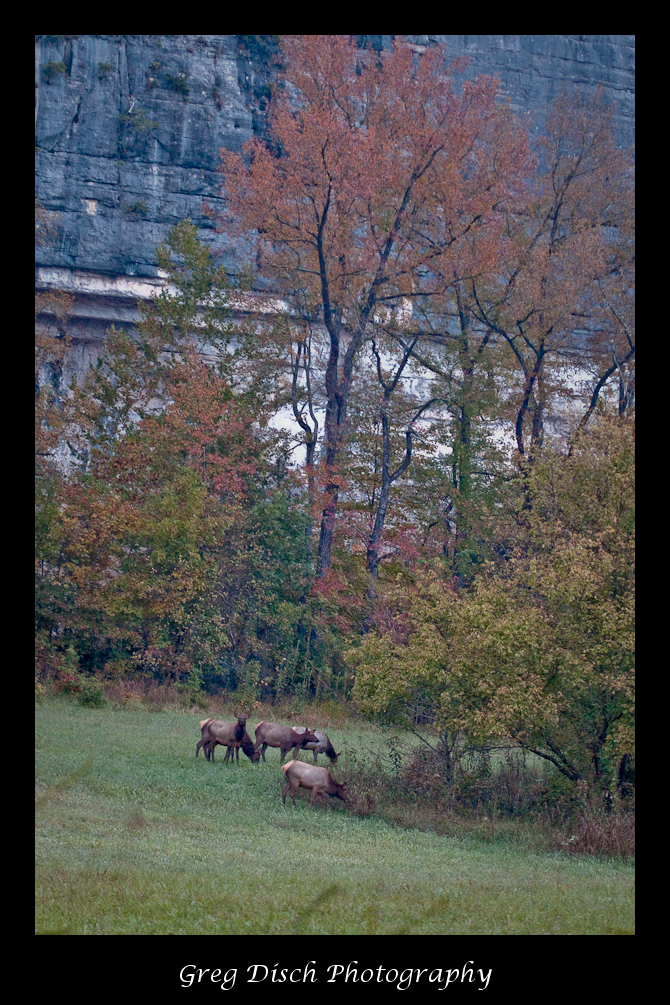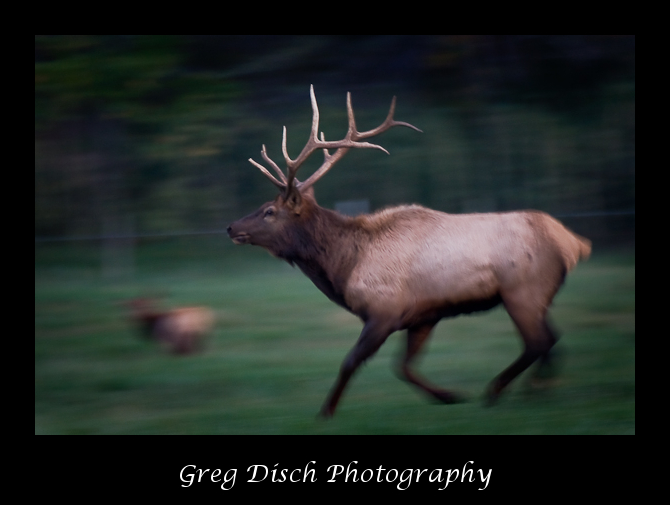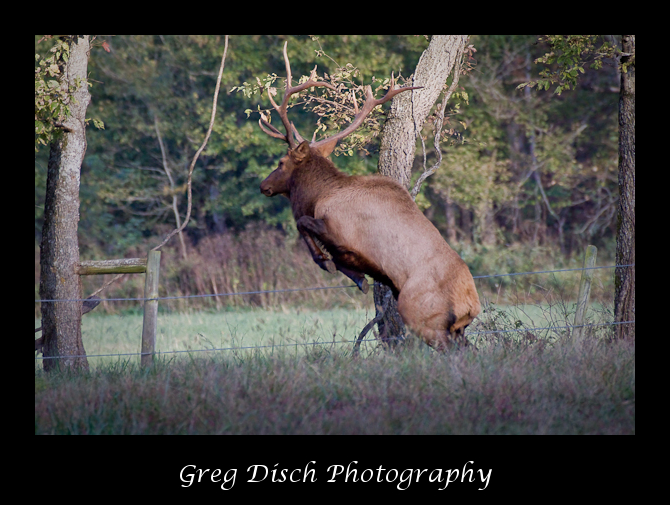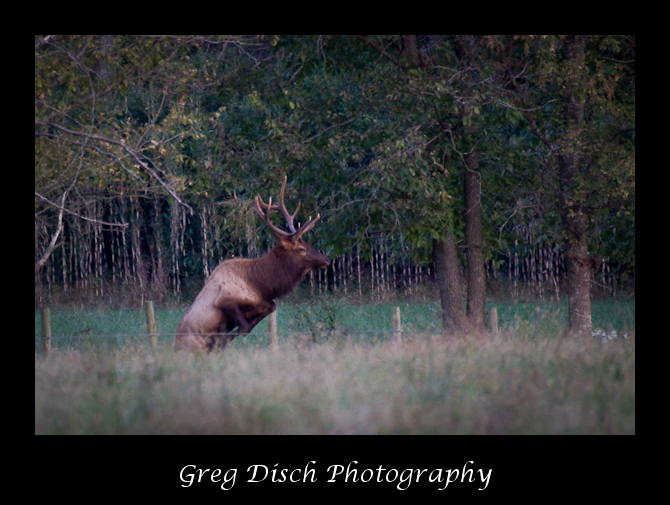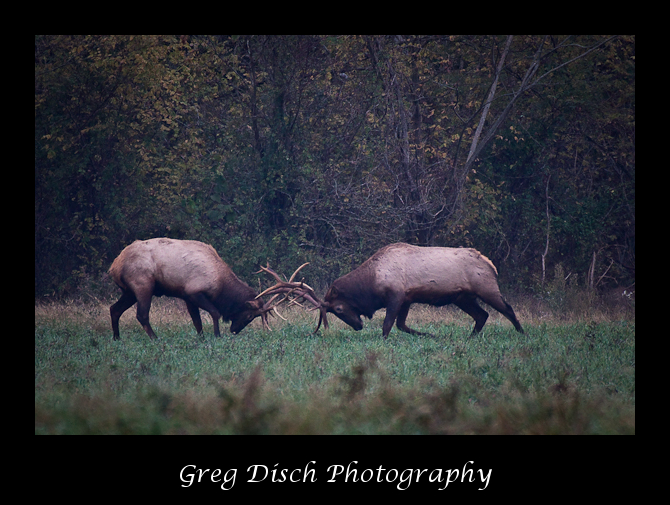When you think of photographing elk, you normally think Colorado or many of the other western mountain states. The truth is that some of the best opportunity for great elk photography is in Arkansas. The Arkansas herd numbers over 500 at this time and over 200 have been legally hunted in the state. The best location for elk photos is in Boxley Valley Near the Buffalo National River, and this guide will deal with this area.
The University of Arkansas has published an excellent brochure which will give a great deal of information on the history and reintroduction of elk into Arkansas, as well as biological information about the elk. Elk: Arkansas’ Largest Wild Mammal
Location
The elk in Arkansas are wild and as such will go where they wish, they can jump most any fence and climb up and down very steep terrain. Since their reintroduction into the state they have been spotted in many counties throughout northwest Arkansas. Within this wide spread area most of the elk are found in Newton and Searcy counties. If you want to be sure and have the best chance of finding elk, then we narrow this down to Boxley Valley where they are easy to find and photograph.
Also be sure to visit the Ponca Elk Education Center on highway 43 a quarter mile north of highway 74 intersection.
View Larger Interactive Google Map
To find the elk in Boxley Valley you can just drive along highway 21 and highway 43 keeping a watch in the fields. Be sure to drive slow and watch out for elk and others watching the wildlife.
For current information on the elk and where they have been sited I recommend visiting the Arkansas Wildlife Blog and Gallery by Michael Dougherty.
Click on map to enlarge
(Map used by permission from Michael Dougherty Arkansas Wildlife Blog and Gallery)
When To Shoot
Now that you know where to look for the elk, you also need to know when to look. Your best chances of seeing elk are in the early morning (from the time it’s to dark to see them) until about an hour after sunrise. then again in the evening from about an hour before sunset till dark. Elk do not like direct sunlight, so the longer it stays dark (cloudy and overcast) the longer the elk may stay in the pastures before escaping into the woods for the day. Also the colder it is the longer the elk will stay out of the woods.
The Rut
There is one big exception to the above, that is what is called the “Rut” or mating season. During this time, September and October, all rules are off. You may be able to see the elk at anytime of the day and they are more concerned with the mating rituals than with people taking there photos. This is the best time for elk photography.
Fog
Now that we know when is the best time to shoot I should point out that this is also the worst time to shoot. The time in the morning that the elk are easiest to find and most active is the same time that the valley is likely to be filled with fog. A little fog can be great for mood and impact in your photos, but a little goes a long way, and Boxley valley often has a lot. Many days by the time the fog clears out so do the elk.
When shooting in the fog there are some things that you can do to improve your photos:
- Do not use a flash, it will only light the fog and give you an almost total white picture with no elk.
- Do not use autofocus, the fog will reflect back and can make your camera continually try to focus on the fog.
- You will need to add some exposure to compensate for the lightness of the fog (same as with snow).
- Make levels adjustments in your photo editing software after shooting to bring back detail.
- Use a tripod, the fog cuts the amount of light and causes longer exposure times.
- Be sure that you have a lens cloth to wipe the moisture off your lens.
Current Weather
Equipment
To photograph elk you will need to have a Long Lens, the longer the better, for best results this should be a 400 mm or more. This does not mean that you can not get great shots with a shorter lens, but for optimal results you need optimal equipment. As we discussed earlier most of our shooting will be in low light levels, which means we need not only a long lens, but a fast long lens (this is why the pros will spend 6 to 10 thousand dollars on a lens). It is often said, and I totally agree, that the equipment does not make the photographer, but in some cases it can be the difference between getting the shot or not, and this could be one of those cases.
Using a digital camera with a higher resolution, (more megapixels) will give you the ability to crop your photo (in effect zooming in) and still maintain a quality print at normal print sizes. As a general rule the larger the sensor, and the newer the camera, the lower the digital noise will be and the higher the ISO that you can get acceptable photos shooting in low light.
One of the most essential pieces of equipment will be a good sturdy tripod. Shooting with a long lens in low light will cause long exposure times and handholding will not work (besides it gets real heavy quick). I prefer to use a ball head tripod so that I can quickly move the camera any direction without adjusting multiple knobs and levers.
Be sure to have extra memory cards and batteries, you will be surprised how quickly you can fill a card and batteries die faster with long exposures and cold temperatures.
Technique
When taking a portrait of a person the most important part of the photo is the eyes, these must be in focus. The same holds true for wildlife photography, the eyes must be in focus. Many of the other factors from people photos translate to wildlife photography, don’t be content just to get a photo of an elk, work to get a portrait of the elk. This is where we must have a long lens, it is both dangerous and illegal to get to close to the elk, a long lens lets us get up close and personal without getting up close.
An alternative to the portrait is Environmental shot, in this case we use a shorter lens and show the environment that the elk is in. In the Buffalo National River area this be can be some spectacular scenery and makes for great photos. When shooting this type of photo pay close attention to the background and watch for unnatural distractions and frame your photo as you would for a great landscape.
Try to capture some action, at first you will be trilled just to get a clear in focus shot of an elk, but work toward getting a good action shot of the elk running, jumping a fence, engaged in sparring or a bullfight, or other exciting action situation.
Safety
Elk are wild animals, these elk have been exposed to people along the highway for their entire life and are much less spooky when you drive up, stop, and get out of your vehicle. Make no mistake they are not tame, mature bulls weigh 600 to 800 pounds and have horns that can kill and can be dangerous and unpredictable.
Do not cross the fences (much of the land is private property) or attempt to chase the elk.
When stopping to photograph the elk be sure to pull completely off the road, this is a major highway (any paved road is a major highway in this neck of the woods) and has a lot of truck traffic, so do not block the road. Oh yeah the sheriffs dept will ticket you.
Watch out for traffic before stepping into the road, chances are they are looking for elk not people (who should know better than to walk out in front of a moving vehicle).
